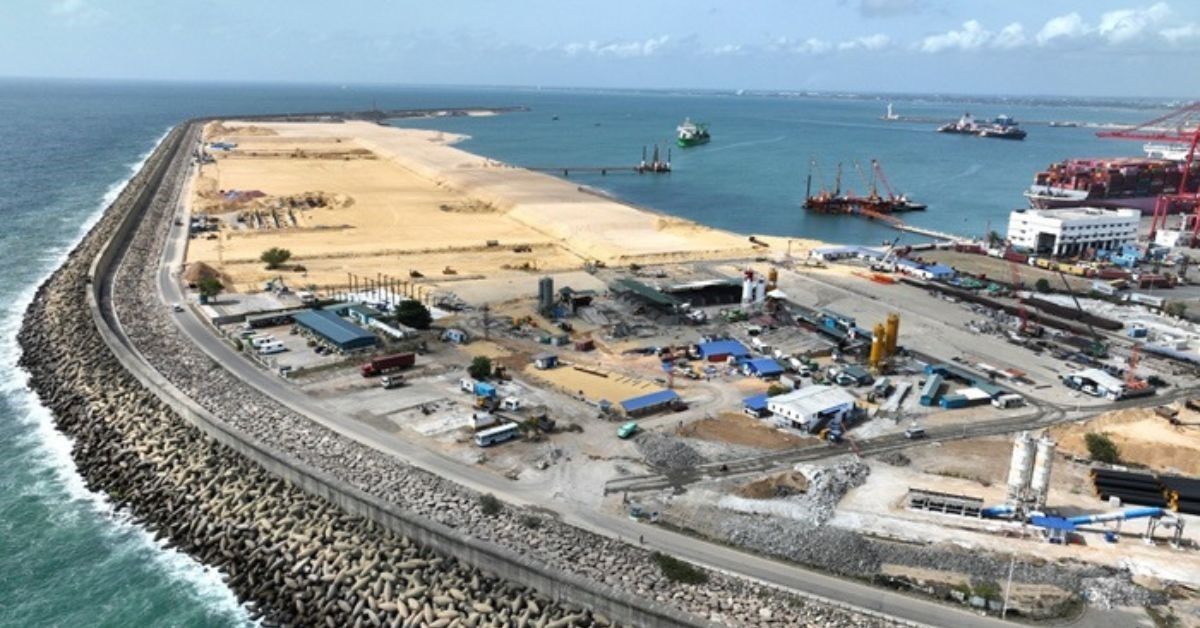As the Sri Lanka Ports Authority (SLPA) moves on with significant development initiatives, Sri Lanka is taking advantage of the robust support from rapidly expanding economies, especially India, to increase its transshipment activities, according to an official.
In 2024, the Port of Colombo, the country’s primary transshipment center, handled 8.2 million twenty-foot equivalent units (TEUs), a 10.5% increase over the year before. It is projected that capacity will almost triple to 15 million TEUs upon completion of development projects at the East and West Container Terminals (ECT and WCT).
The ECT jetty will be extended by the SLPA from 600 to 1,320 meters, with construction expected to be finished by the middle of 2026. The 700-meter segment of the Colombo West International Terminal (CWIT), which was built as part of a public-private partnership with the SLPA owning 15%, John Keells Holdings 34%, and India’s Adani Group 51%, is anticipated to start operations in February 2025. By the end of 2026, the 1,400-meter terminal should be fully operational.
With plans to build an additional 1,400 meters of terminal area, consulting work is now underway for the next phase of WCT expansion. The Colombo North Harbour project, which will have three container ports, has also undergone a feasibility study by the SLPA. Depending on demand, the high-capital project’s development is anticipated to start beyond 2030.
Trincomalee Harbour is being developed as an industrial harbor with an emphasis on the generation of green hydrogen, ammonia, and methanol, while Galle Port is being transformed into a tourist destination with yacht marina amenities. In the north, the Kankesanthurai Port recently opened a ferry service that can transport 150 passengers four times a week between Sri Lanka and India’s Nagapattinam Port. This service’s expansion is being considered.







